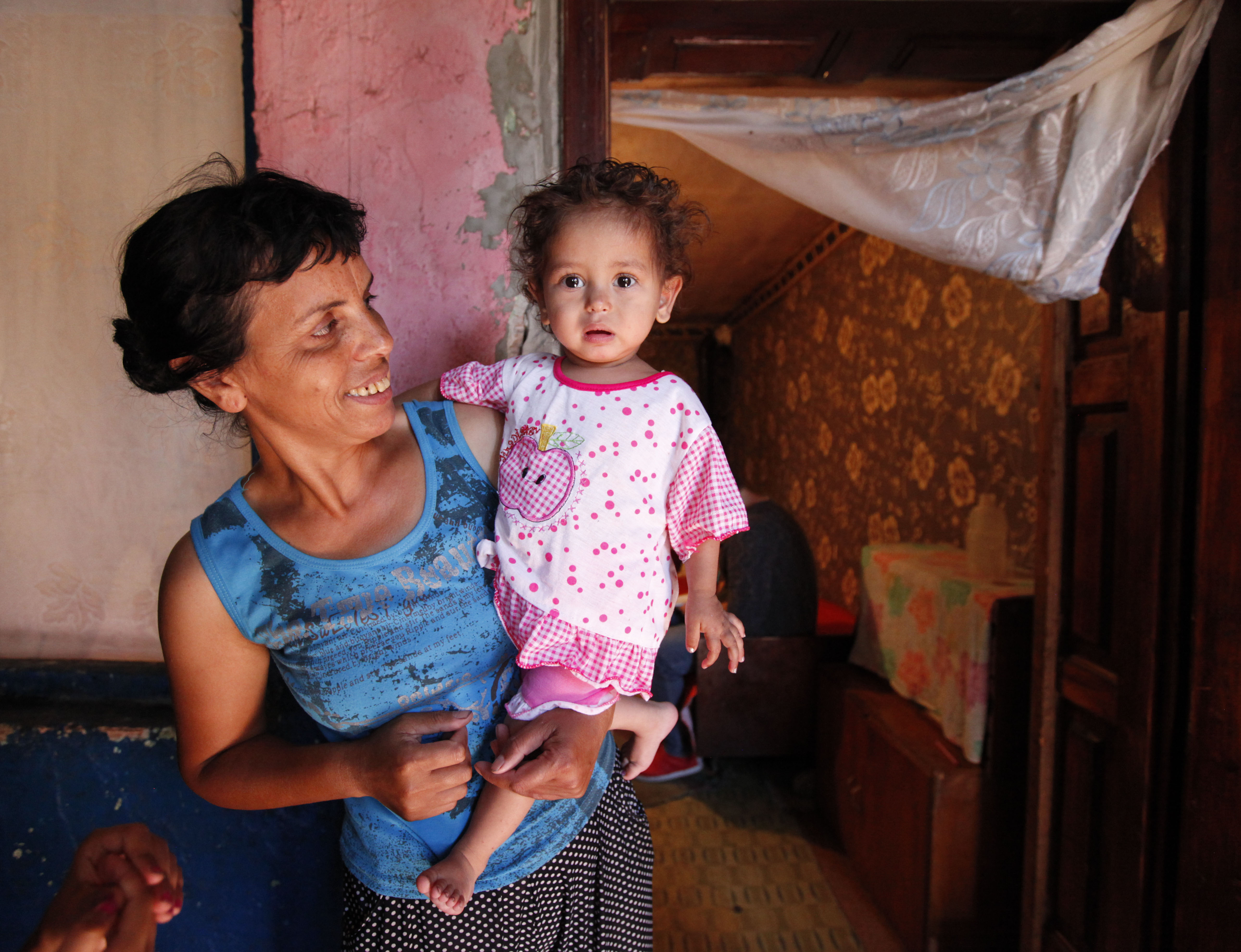
The provision of public services, like health and education, is important for the realisation of child rights and crucial to children's quality of life. It is also a major determinant of poverty and inequality among children and across the whole population. Considering this, as part of the 2020 Comprehensive Review, the UN Statistical Commission accepted a proposal by Save the Children and UNICEF for an indicator to measure SDG target 1.b concerning sound policy frameworks to accelerate poverty eradication, which was previously lacking any indicator. Indicator 1.b.1, Pro-poor public social spending, measures the proportion of government expenditure in direct transfers (cash and near-cash transfers) in health and in education which benefit the monetary poor. However, the onset of the Covid-19 pandemic prevented progress in reporting this new indicator.
As of December 2023, information about the share of public social spending benefitting the poor was available for only ten countries in the UN SDG Indicators Database. Only one country from Europe and Central Asia, the United Kingdom, is among the ten. It is interesting to compare this situation to SDG 10.4.2 (Redistributive impact of fiscal policy) which basically uses the same underlying data – almost 40 countries in the region are reporting it.
Benefit or fiscal incidence analyses (the basis of indicator 10.4.2) are required to measure pro-poor public spending. Such analyses compute the benefits individuals or households receive from different public services by linking budget data with nationally representative household surveys. The methodology was developed and documented in the 1970s17, based on even earlier work carried out in the US and UK as early as the 1930s and 1940s. Excellent documentation, training, and data have been produced and collected by the Commitment to Equity Institute at Tulane University (CEQ), including a manual on how to carry out benefit incidence analysis.18
17 Meerman, J (1979). Public expenditure in Malaysia: who benefits and why. Oxford University Press for the World Bank.
18 Lustig N (ed.) (2018). Commitment to equity handbook: estimating the impact of fiscal policy on inequality and poverty. Brookings Institution Press.
Benefit incidence analysis attributes monetary value to in-kind transfers (for instance, in education and health services) accruing to groups or segments of the income/consumption distribution (e.g. quintiles). Although usually for simplicity and ease of calculation, average government costs are used, this is clearly an over-simplification (also, the distribution of benefits varies across sub-sectors such as primary/secondary education, preventive/curative health services, or cash transfers/old age pensions). In addition, the unit cost of services is not the same throughout each country, not even within provinces or cities.19 While some of these differences are related to marginalised areas receiving less resources (and poorer quality services), in other cases, differential unit costs are warranted (and if the information is available, it should be used in the analysis). For cash and near-cash transfers, their monetary values are used directly.
19 Mehrotra S, Delamónica E (2007). Eliminating human poverty: macroeconomic and social policies for equitable growth. Zed Books.
In the context of the SDGs, indicator 1.b.1 focuses on the share of public social spending accruing to those living in monetary poverty. In a way, this is simpler than traditional benefit incidence analysis. Instead of analyzing the distribution of benefits across quartiles, quintiles, or deciles, only two groups are used (the monetary poor and the nonpoor). The rationale for using the definition of the monetary poor based on national poverty lines is that government spending should benefit poor citizens in their own country. This makes it consistent with SDG 1.2.1 (headcount of poverty based on national poverty lines) and should indeed be considered together.
International organizations have collected and disseminated data which can be used to report on 1.b.1. For instance, the Atlas of Social Protection Indicators of Resilience and Equity (ASPIRE) measures the benefits of social protection programmes (e.g. social assistance and social insurance) for more than 100 countries. However, the data are reported by income/consumption quintiles. Consequently, additional work is necessary to properly compare those with monetary poverty headcounts.
The UNICEF Office of Research – Innocenti has estimated the benefit incidence of public spending on education for 42 countries20. The analysis is based on enrolment and expenditure data from the UNESCO Institute for Statistics (UIS) and wealth disparities from the World Inequality Database on Education (WIDE). The latter is mostly based on Multiple Indicator and Cluster Surveys (MICS) and Demographic and Health Surveys (DHS). Those surveys provide an asset-based wealth index but do not include a consumption/expenditure module. Thus, wealth quintiles from those surveys will not necessarily correlate with poverty measures based on income/consumption surveys, which means additional calculations are needed to use these data for reporting indicator 1.b.1.
20 UNICEF (2020). Addressing the learning crisis: an urgent need to better finance education for the poorest children.
In addition, the work of the Commitment to Equity (CEQ) Institute provides comparable data covering at least two of the three sectors (education, health, and social transfers) for over 30 countries. Most of them are middle-income countries, and they cover more than half of the world's population. However, data for very few countries from Europe and Central Asia are available, which underlines the need to fully utilize the information countries in the region already have. Otherwise, Governments cannot assess if their financial efforts in social sectors are having the required impact to eradicate poverty.
Government spending on social sectors is a strong tool to evaluate the commitment Governments make to protect and invest in their own people, in particular children.21 Thus, efforts are needed to combine the already existing (and reported) data on: (i) public spending in education, health and direct transfers, and (ii) the utilization of these services by different population groups (including the monetary poor); in order to (iii) assess the share of public expenditures in these sectors accruing the poor population in the country (SDG indicator 1.b.1).
21 UNICEF (2021). Strengthening the evidence on the correlation between fiscal equity and social outcomes for children.